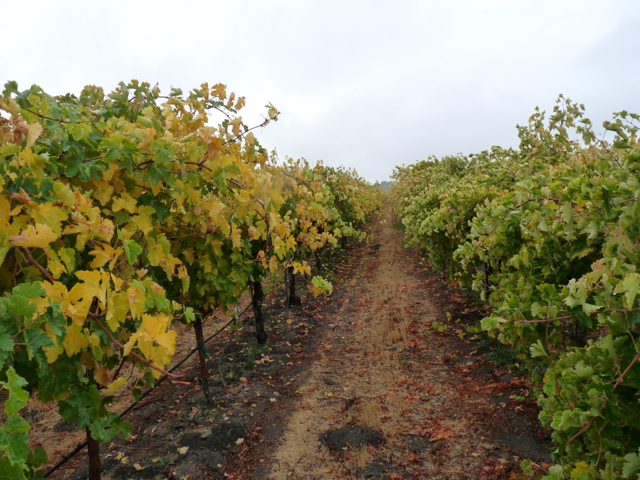CAWG Focus on Mechanization, Virus Control
CAWG Monterey Meeting Addresses Mechanization and Virus Control Strategies
By Laurie Greene, Editor
John Aguirre, president of the Sacramento-based California Association of Winegrape Growers (CAWG), highlighted two important topics discussed at their annual summer meeting last week in Monterey: the drive to mechanize as many cultural practices as possible to avoid high labor costs and to encourage innovation in fighting viruses.
“For a variety of reasons,” said Aguirre, “we really have to focus on mechanizing most winegrape vineyard activities such leafing, harvesting and pruning. We have a policy environment that is making labor more expensive, more difficult to use labor in the vineyard.”
Furthermore, Aguirre explained, fewer people want to work in the vineyard, so mechanization is going to be one of the few options available to those who want to stay in business. Aguirre has seen many winegrape growers shift away from winegrapes towards almonds, in part, because of the lower labor requirement. “Again, if we want a diverse agriculture industry in this state, we’ve got to find ways to help all ag sectors be more mechanized,” he noted.
Aguirre emphasized the critical importance of learning about viruses in the vineyard and addressing strategies to minimize virus infections—the focus of a panel of experts at the meeting. Some key takeaways Aguirre noted were, “a better understanding of what we can do in the vineyard to rogue out infected vines and how to manage vectors.”
Aguirre also recalled a real practical hands-on session that focused on preventing the spread of viruses by vectors, such as birds, people, and machinery, through increased cooperation between growers. He also noted there are good systems in place to maintain clean nursery stock. “The Foundation Plant Services and our nurseries are taking really strong steps to improve the cleanliness of grapevine nursery stock. I see things only getting better.”
Featured Image: John Aguirre, president, California Association of Winegrape Growers (CAWG).











